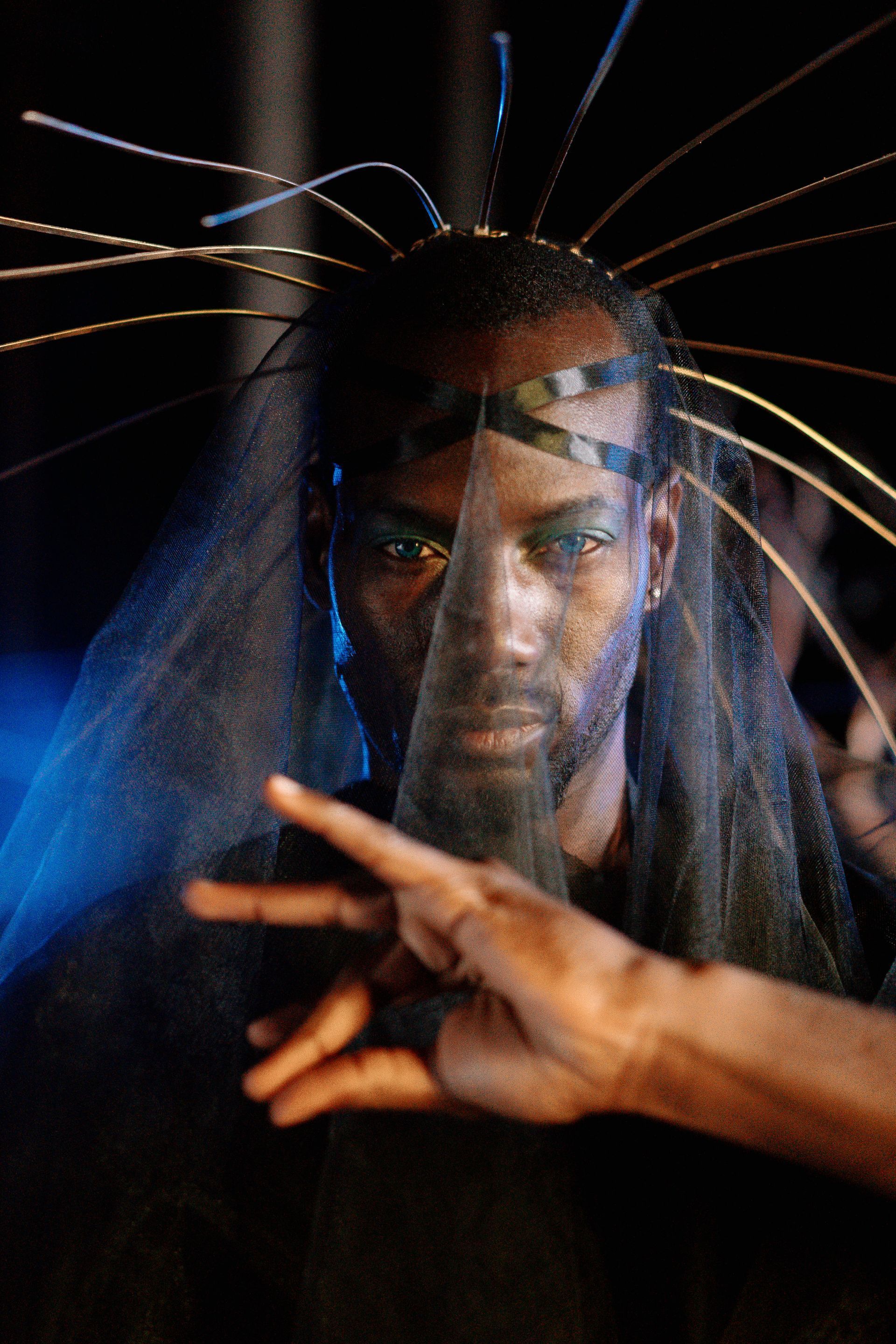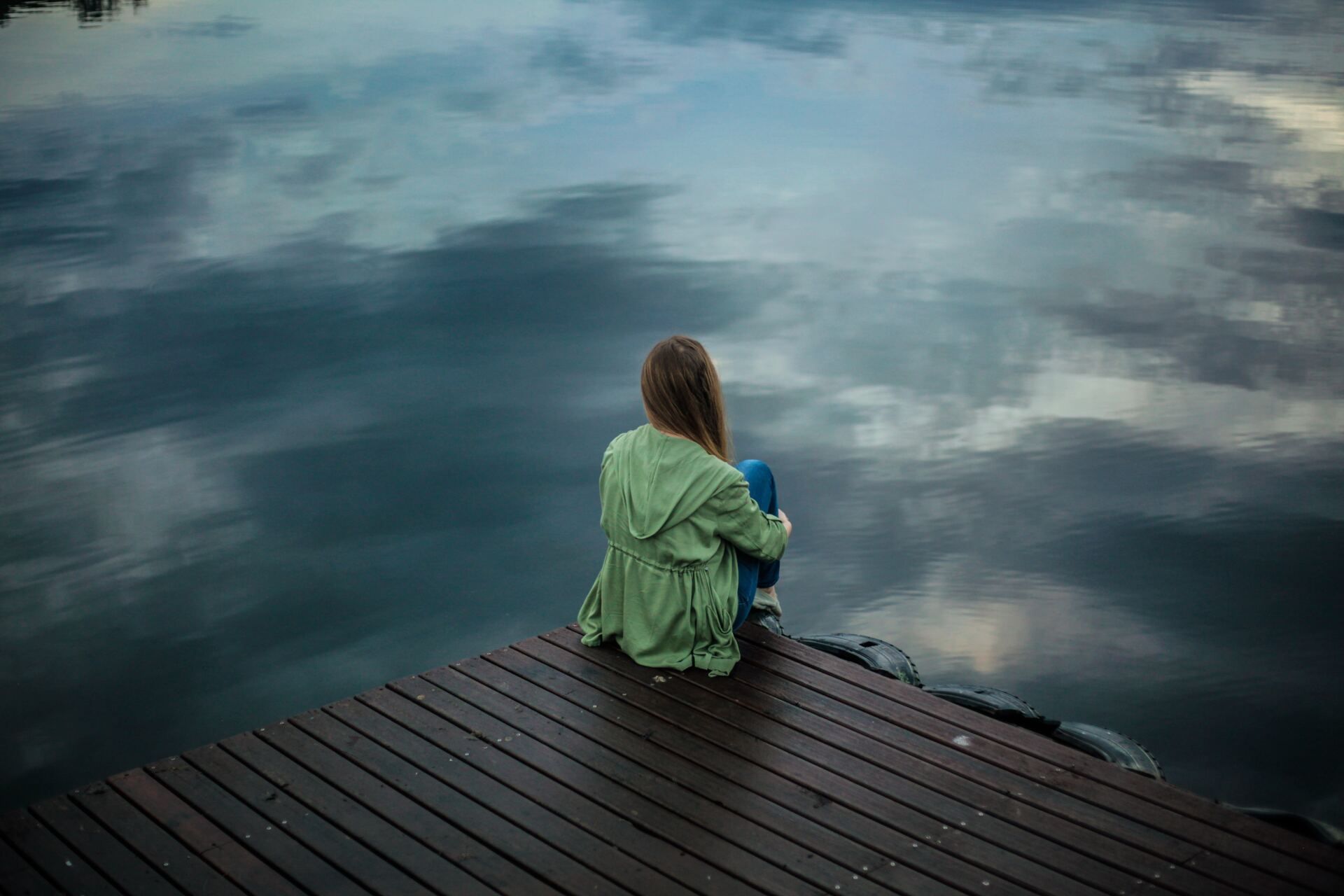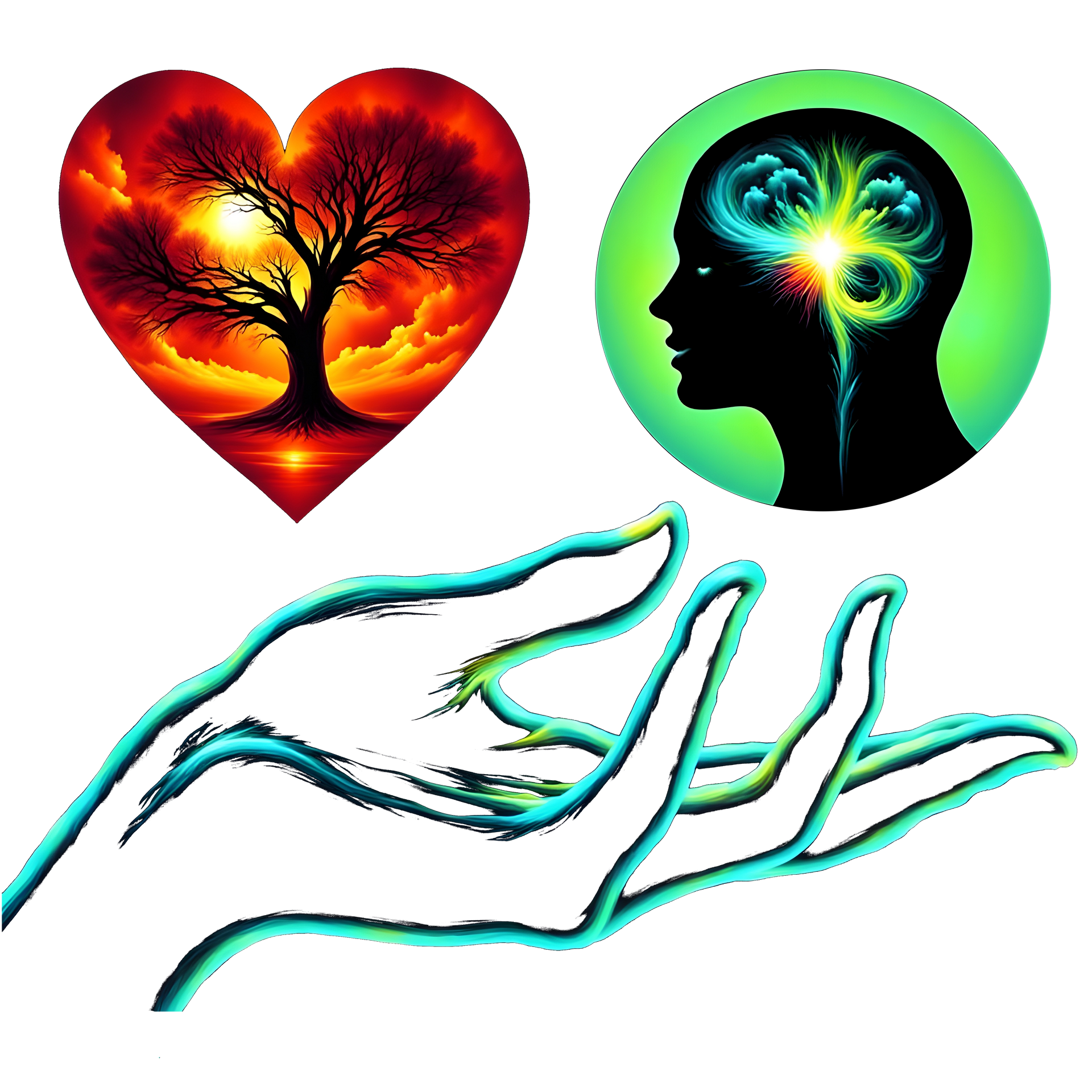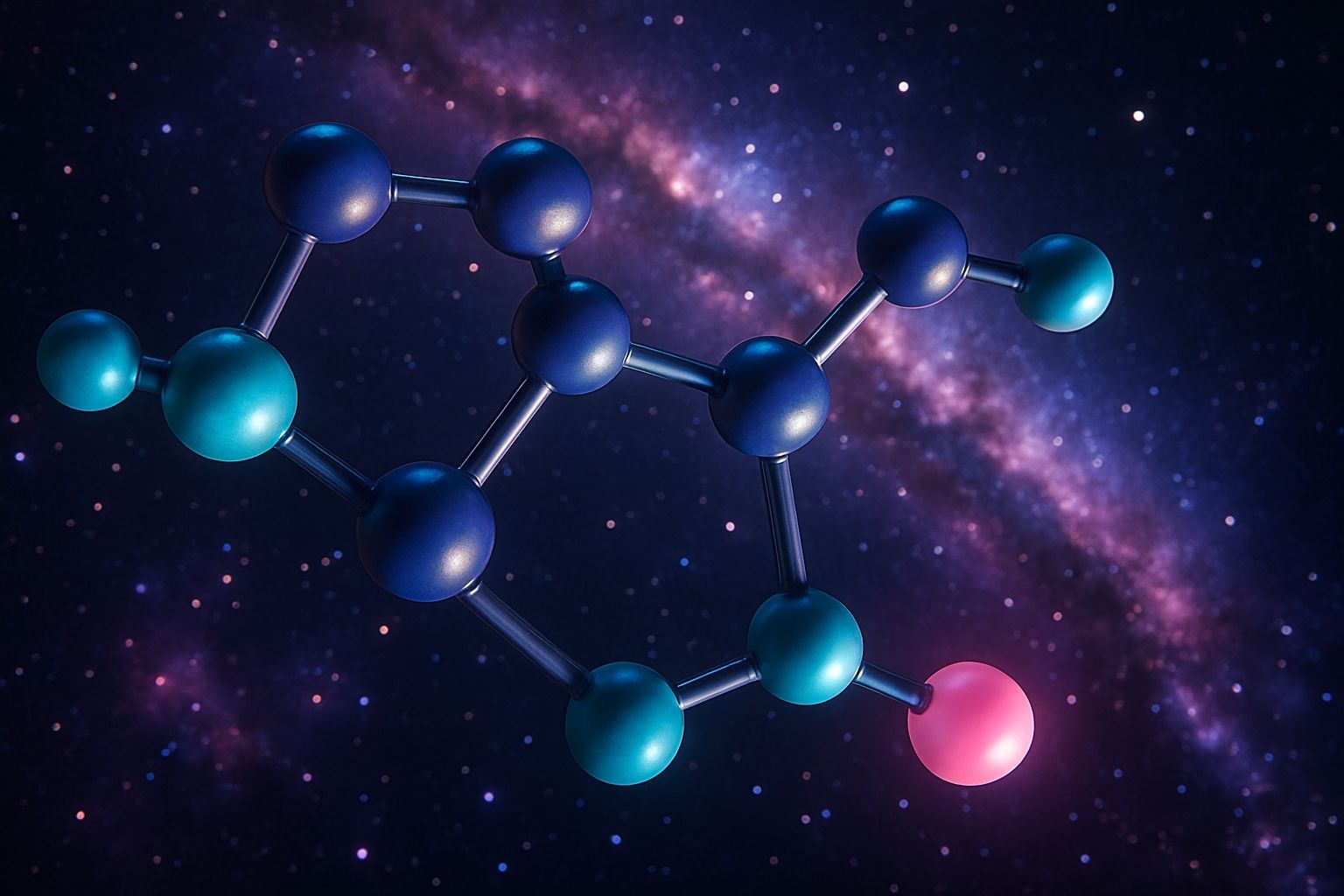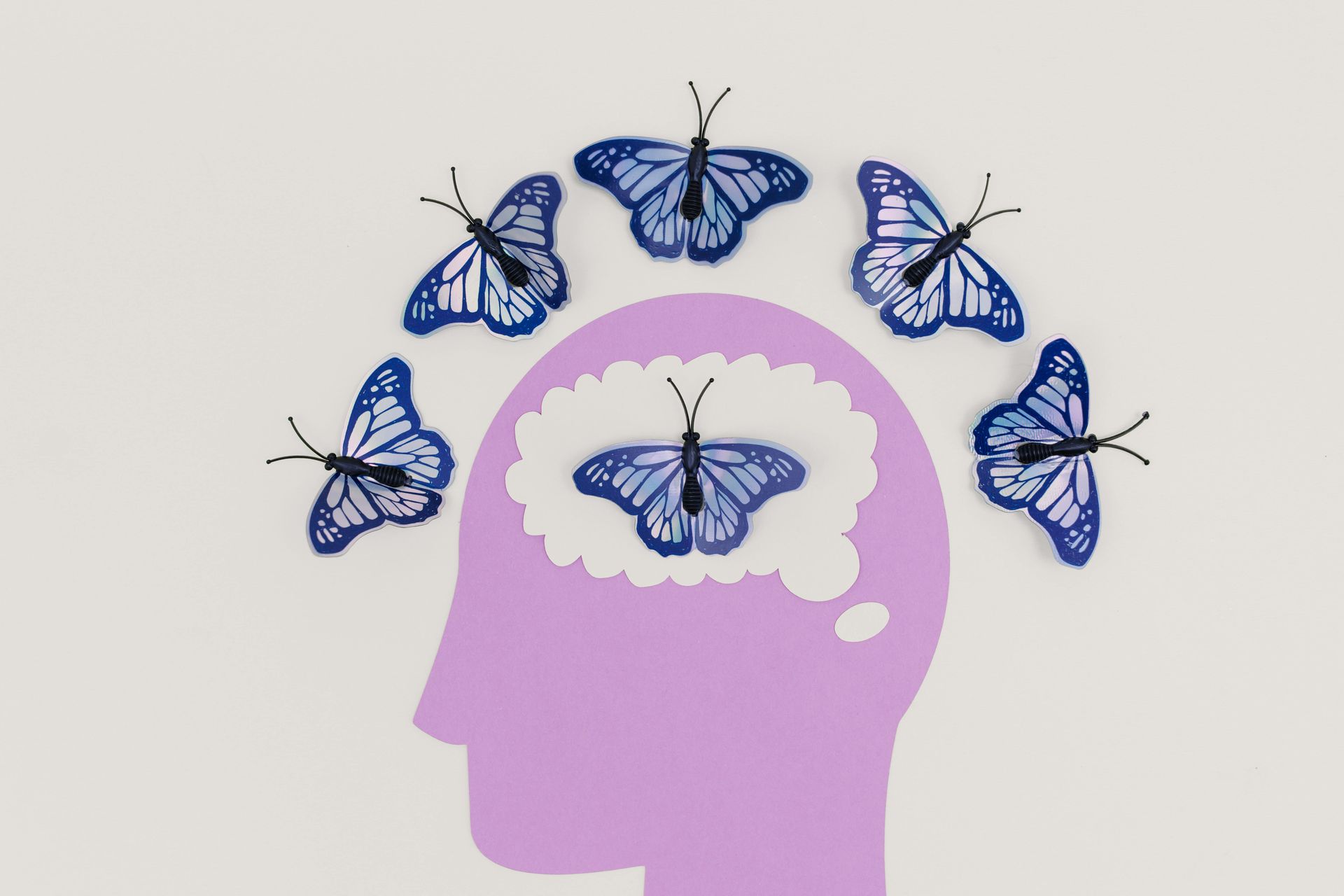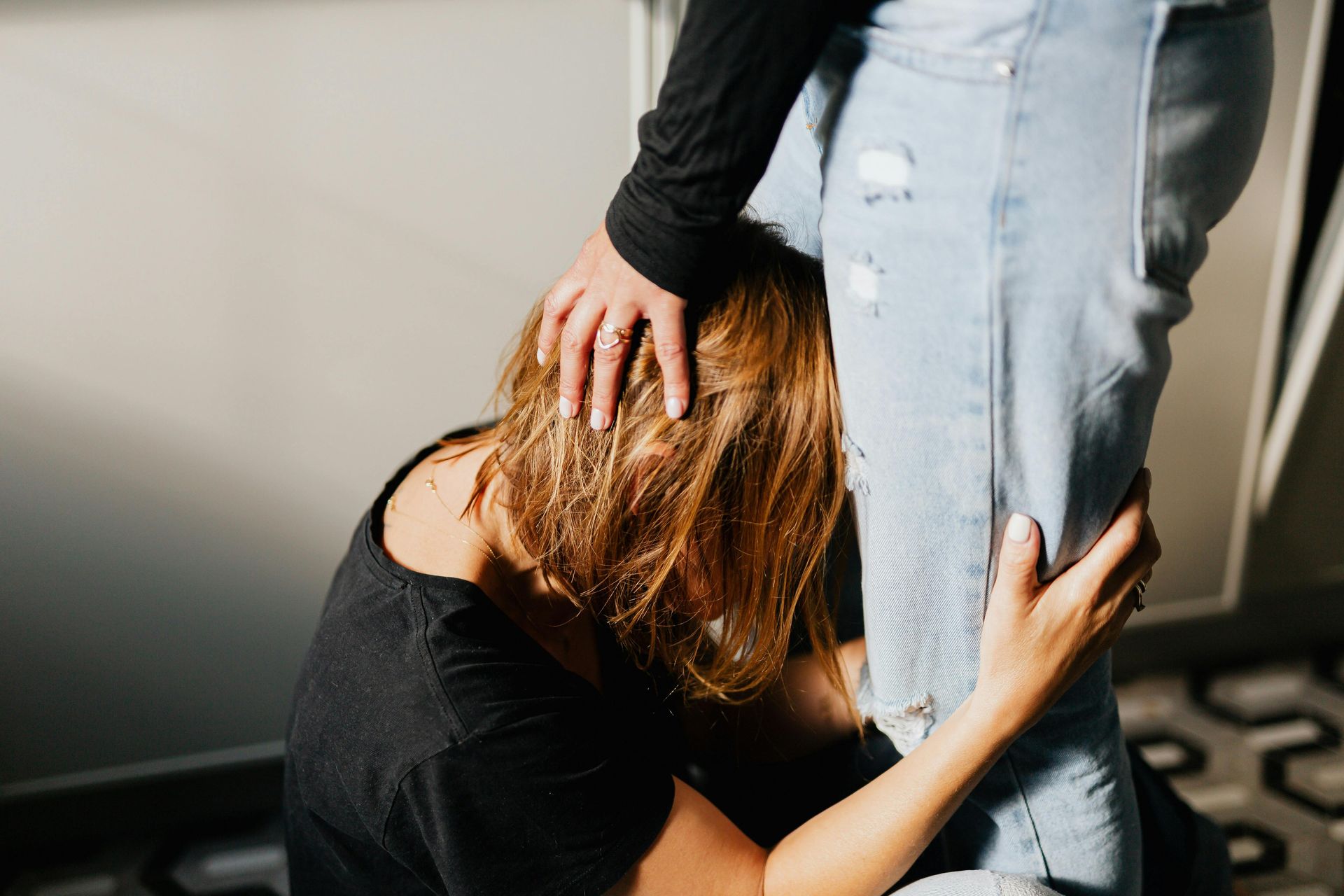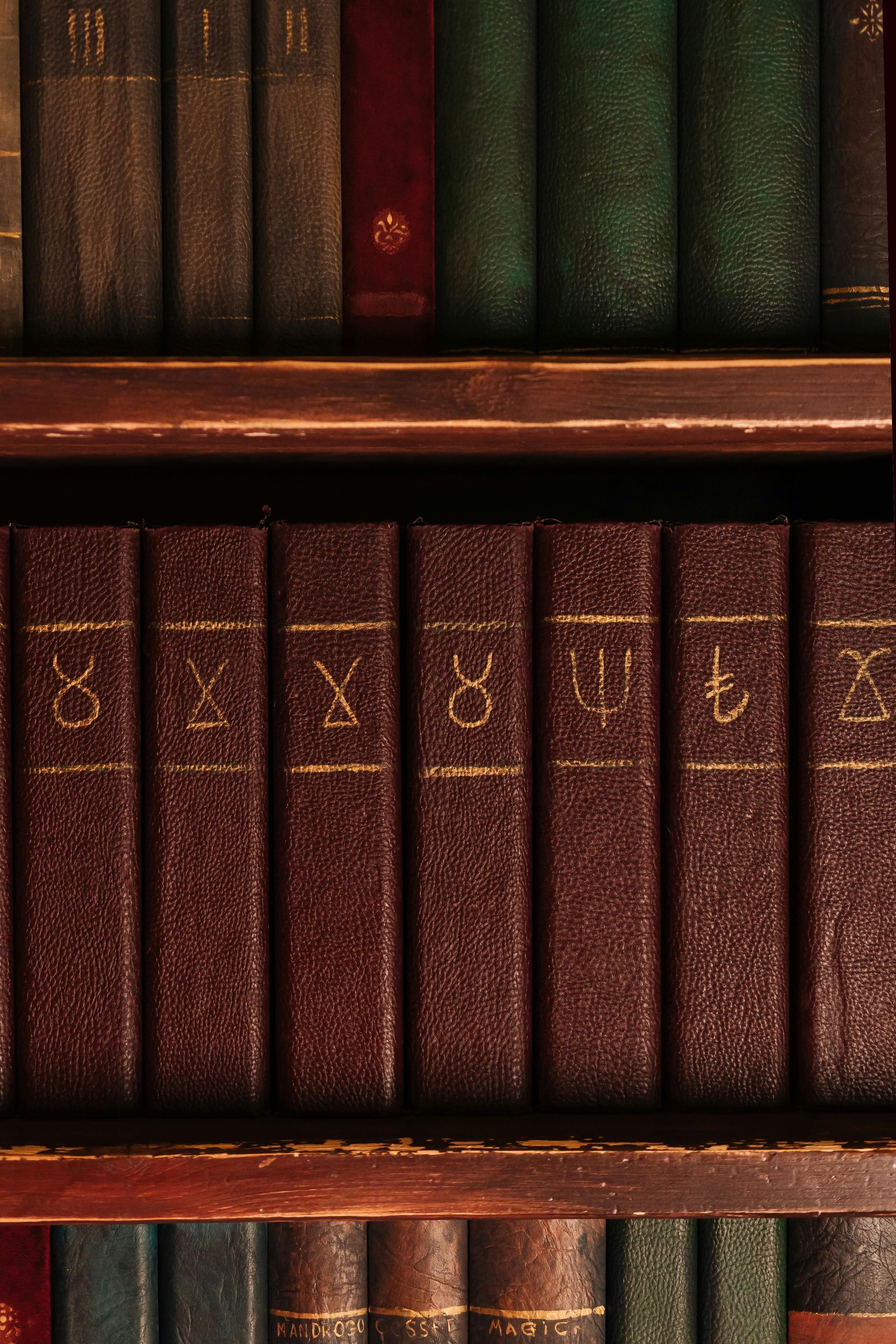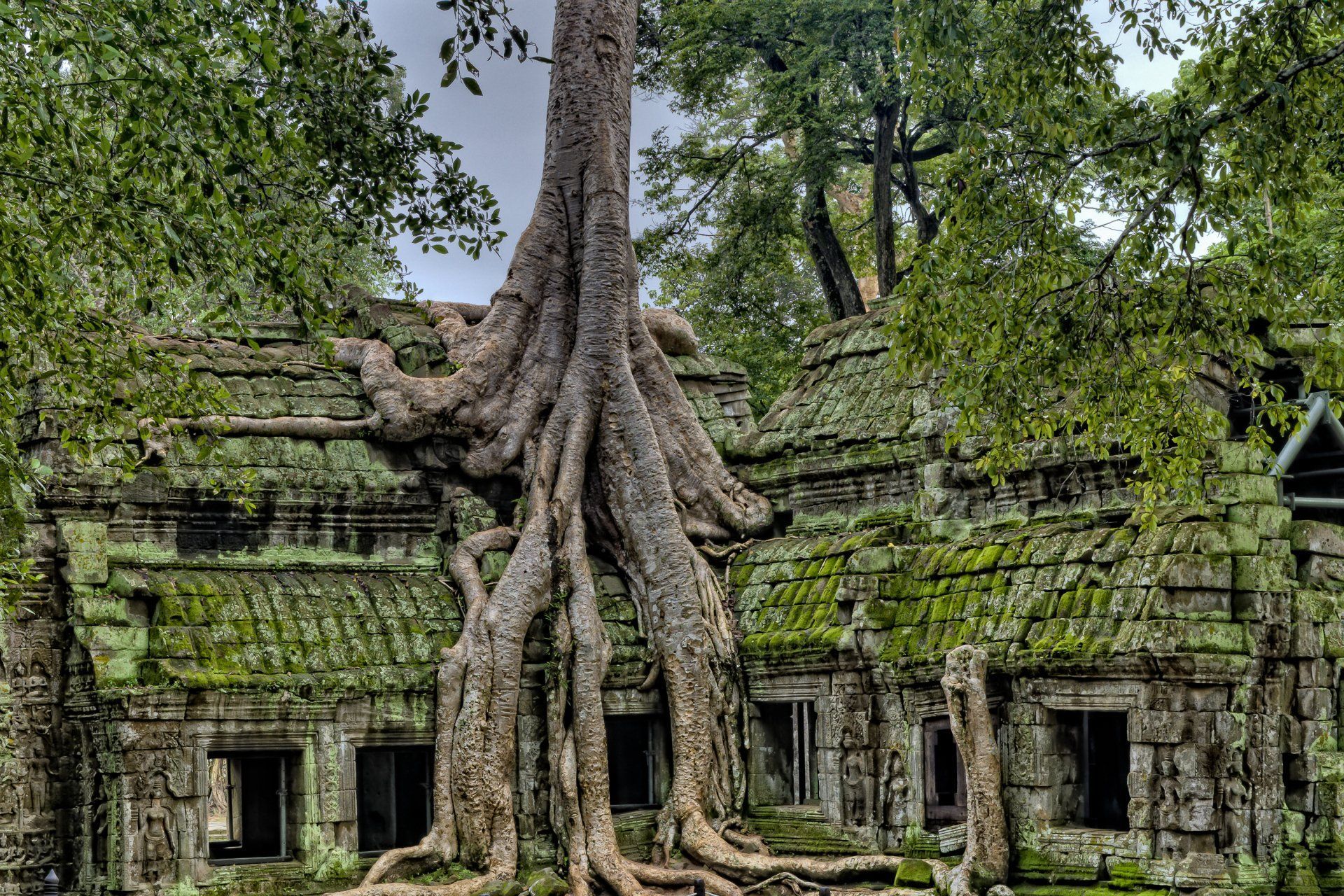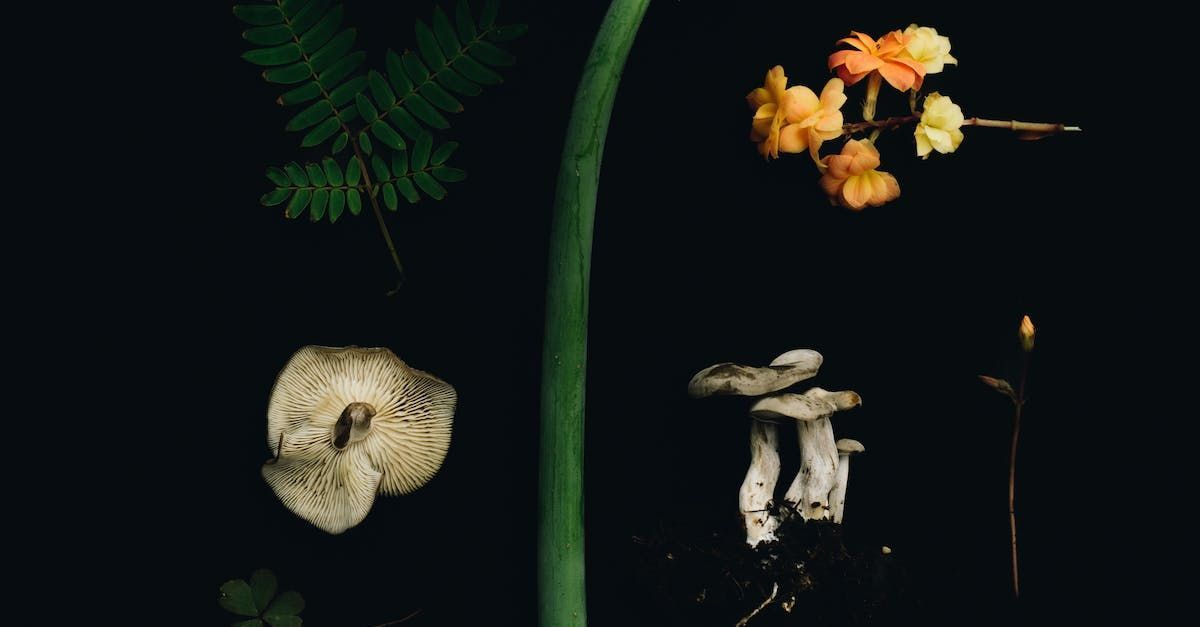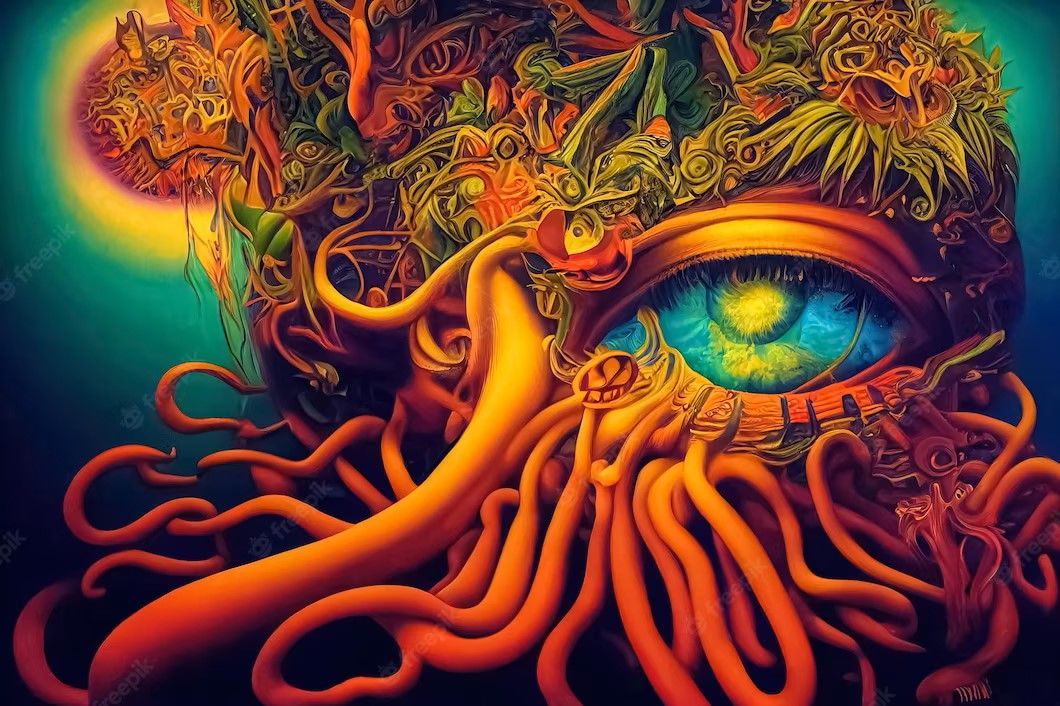Aubrey Marcus, Ayahuasca, and Attachment Trauma: Why This Throuple Model Worries Me
A trauma-informed reflection on the Aubrey Marcus throuple, ayahuasca spirituality, and the psychological toll on children raised in experimental relationships.
The Fascination and the Friction
There’s been a lot of noise lately about the Aubrey-Vylana-Alana throuple, and I’ll be honest—I get why people are fascinated. It’s raw. It’s vulnerable. It’s human beings exploring the edges of love, intimacy, and identity, publicly and unapologetically. And in a world plagued by repression and emotional dishonesty, that in itself is commendable.
Speaking the Uncomfortable Truths
I appreciate the courage it takes to speak so openly about topics many find taboo. I also recognize that many people are genuinely trying to evolve the relational container—seeking spiritual union beyond cultural norms. These are conversations we need to have. Not because polyamory is the future for everyone (it’s not), but because honest dialogue about love, commitment, and shadow is sorely missing in our world.
Why It Wouldn’t Work for Most of Us
That said—after a lot of thought—I’ve come to the conclusion that this particular setup wouldn’t work for me. And I believe that, for most people, it wouldn’t work either. That’s not because people are closed-minded or unevolved, but because our biology doesn’t lie. Human neurochemistry favors consistency, emotional safety, and known cues. Our attachment system is not designed to feel safe in highly complex, competitive emotional dynamics. Oxytocin, vasopressin, cortisol—they’re not neutral players. They shape our behavior, our emotional regulation, and our long-term wellbeing.
Human neurochemistry, particularly oxytocin and vasopressin, promotes bonding and emotional safety in stable relationships, which polyamory’s complex dynamics can challenge. Studies show oxytocin fosters trust in secure bonds, while cortisol, linked to stress, rises in unstable or competitive setups, potentially straining emotional regulation. The attachment system often seeks predictable cues, making simpler relationships more aligned with biological tendencies for many.
Research suggests polyamory’s viability varies. While brain plasticity allows adaptation to multiple partners with strong communication, heightened social complexity can elevate cortisol during conflicts, complicating trust. For those with attachment styles favoring stability, polyamory may feel less sustainable due to neurochemical preferences for consistency.
Trauma Bonding or Sacred Love?
trauma bonding polyamory, polyamory kids attachment
From the outside, what we’re seeing in this situation smells—at least in part—like trauma bonding. I say that carefully and without malice. It's not easy to discern from the outside, but the speed, intensity, and dramatic framing bear a striking resemblance to patterns often seen in unresolved attachment trauma.
The Influence Dilemma
Let’s also talk about the latest branding effort from this experiment: Radical Monogamy. Yes, that’s the term being used to describe a triad dynamic. The etymology of “monogamy” literally means “one marriage”—so unless we’re rewriting language and reality simultaneously, it’s a bit of a stretch. But hey, if you wrap it in enough spiritual lingo, maybe no one will notice?
This kind of linguistic acrobatics isn’t innovation—it’s intellectualized spiritual bypass. When we start coining terms that make contradictions sound enlightened, we’re not evolving—we’re avoiding.
To their credit, the trio has been careful to say that they are not recommending this as a model for others, only that it’s what they feel is true for them. I respect that nuance. And still—when you have millions of followers and a charismatic platform, your personal lifestyle becomes an implicit recommendation. Influence brings responsibility. And I’m not sure that responsibility is being held with the depth it deserves.
What I Witnessed in Person
I’ve seen the dynamic live, at the Eros Mystery School. The tension in the throuple was palpable, and the undercurrents were hard to ignore. Whatever the curated narrative might be, the energetic reality felt strained and unresolved. I wouldn’t want to expose my own children to that kind of atmosphere—no matter how beautiful the words wrapped around it.
What About the Kids?
Let me be blunt: if you want to experiment with your relationships, your consciousness, your libido—go for it. That’s your right as an adult. But dragging children into a volatile, emotionally unpredictable throuple dynamic? That’s not evolution. That’s recklessness dressed as spiritual freedom.
It makes me angry. Because I work with the fallout. I see the adults those children grow up to become. If you want to screw up your own nervous system, fine. But don’t use your kids as test subjects in your cosmic experiment. That’s not conscious parenting—that’s spiritual narcissism.
But all of this—the adult choices, the spiritual rationalizations, the libido dressed in ceremony—it’s secondary to what really concerns me:
What about the kids?
It’s one thing to explore alternative relationships as grown, consenting adults. But when you start talking about intentionally creating children within a volatile or experimental container, the stakes change dramatically.
Check out my blogpost around Adverse Childhood Experiences (ACE)
Secure Attachment Isn’t Optional
Children don’t understand sacred union, soul contracts, or "womb alchemy." They understand who’s tucking them in at night, who’s paying attention, and whether they have to compete for a parent’s love. They are wired for safety, stability, and clarity.
We know—scientifically and psychologically—what creates healthy human beings:
- Secure attachment to primary caregivers
- Predictable emotional responses
- Boundaries that are modeled and respected
- Freedom from triangulation and emotional chaos
The Science Behind the Concern
secure attachment children research, psychological effects polyamorous households, trauma-informed parenting
Research supports the critical role of secure attachment in child development, as outlined by John Bowlby and Mary Ainsworth. Their work, including Ainsworth’s “Strange Situation” study, demonstrates that secure attachment to primary caregivers fosters emotional regulation, social competence, and resilience in children. A 2010 study by Beebe et al. found that coordinated caregiver interactions at four months predict attachment security at twelve months, emphasizing the need for consistent, responsive caregiving. Secure attachment is a biological imperative, with the hypothalamus-pituitary-adrenal axis regulating stress responses in infancy, impacting long-term behavioral and emotional health.
For adults, a 2020 meta-analysis in Health Psychology Review confirmed that secure attachment in committed relationships correlates with better immune function, longer life expectancy, and greater stress resilience. However, evidence on polyamorous households is limited. A 2018 study by Moors et al. notes that polyamory can function for adults with strong communication, but no studies directly confirm equivalent attachment security for children in three-parent romantic configurations. Anecdotal reports and research on communal living, like a 1991 study by Weisner and Gallimore, suggest that complex family structures may create instability and divided loyalties for children, though rigorous data on polyamory’s impact remains scarce.
And while polyamory can work for some adults, there is little to no scientific evidence that three-parent romantic configurations offer the same attachment security or developmental benefits to children. Most psychological research—and countless stories from adults who grew up in experimental communities—indicates that these setups often lead to confusion, divided loyalties, and instability.
We’ve Seen This Before—and It Wasn’t Good
And we’ve seen this movie before.
From Osho to Keith Raniere to Father Divine, spiritual leaders have used elevated language and mystical frameworks to justify multiple partners, scattered families, and often catastrophic parenting. Children raised in these environments frequently report emotional neglect, confusion, and trauma masked as freedom.
This isn’t just theoretical. These are real stories with real damage.
“Ayahuasca Told Me…” and Other Dangerous Absolutes
ayahuasca spiritual bypass, psychedelic integration, trauma-informed plant medicine
And then there’s the spiritual card—“Ayahuasca told me…” or "Spirit told me...", "The Goddess told me"
I’ve heard this phrase countless times, often from people still deep in the fog of ceremony without meaningful integration. In fact I've been myself in some loops of "Ayahuasca told me" and I paid the price. While these experiences can carry deep personal truths, they also often reflect unmet needs, unresolved trauma, and desire-based projections. Psychedelic insights are not commandments. They are starting points for reflection, not permission slips for radical life changes that affect others—especially children.
Continuously living in the medicine—without grounding, without integration—can distort our view of reality. It’s easy to conflate spiritual intensity with emotional truth, and even easier to use these peak experiences to justify decisions that are rooted more in ego or escapism than in real-world responsibility.
Let's remember that God asked Abraham to sacrifice his son, hopefully nowadays nobody would actually consider doing that. I know, I know, I'm a heretic. Or a dreamer who sees God as a superior being, not a cruel, revenge-thirsty image of a person. Don't know if God created us in His image, but we created God in our image.
The Real Question
So the question isn’t just “Is polyamory valid?” or “Can three adults make this work?”
The real question is: Are we willing to use our children as the test subjects in our spiritual experiments?
In a world already burdened with insecure attachments, abandonment wounds, and overexposure to adult dynamics, are we helping or harming when we create family systems that defy everything we know about child development?
This isn’t about shaming desire. This is about remembering what’s sacred.
The Sacred Simplicity of Safety
And sometimes, what’s most sacred isn’t the ecstatic edge of personal transformation—it’s the quiet, unsexy, deeply regulated consistency that helps a young soul feel safe in the world.
So by all means, evolve your love. Explore your edges. But if you’re going to bring children into the mix—do it with reverence, not rebellion.
Because they didn’t choose the path. You did.
Ready to Break the Cycle?
If you were raised in chaos, if you're parenting through confusion, or if you're carrying the weight of someone else's spiritual experiments—you're not alone.
At Vine of the Soul Retreats, we help people heal attachment wounds, integrate trauma, and come back to the grounded simplicity of what really matters: feeling safe in your own body.
Want to begin that journey with the support of trained, trauma-informed facilitators?
Explore our upcoming retreats or
book an intro call to talk with someone who truly listens.
Because you didn’t choose the past—but you can choose what happens next.
Sources:
- Fisher, H. E., et al. (2006). "Romantic love: A mammalian brain system for mate choice." Philosophical Transactions of the Royal Society B.
- Scheele, D., et al. (2013). "Oxytocin enhances brain reward system responses in men viewing the face of their female partner." PNAS.
- Marazziti, D., & Canale, D. (2004). "Hormonal changes when falling in love." Psychoneuroendocrinology.
- Ainsworth, M. D., et al. (1978). Patterns of Attachment: A Psychological Study of the Strange Situation. Lawrence Erlbaum Associates.
- Beebe, B., et al. (2010). “The origins of 12-month attachment: A microanalysis of 4-month mother-infant interaction.” Attachment & Human Development.
- Chopik, W. J. (2020). “Attachment and health: A meta-analytic review.” Health Psychology Review.
- Moors, A. C., et al. (2018). “Polyamorous relationships: A review.” Journal of Social and Personal Relationships.
- Weisner, T. S., & Gallimore, R. (1991). “Child development in alternative family structures.” American Ethnologist.
Is polyamory harmful to children?
While polyamory can work for some adults, most research on child development emphasizes the importance of stable, secure attachment to caregivers. Three-parent dynamics often introduce complexity, triangulation, and emotional inconsistency—factors that can compromise a child’s sense of safety and identity.
Can secure attachment exist in non-traditional family structures?
In theory, yes—but it requires extraordinary levels of emotional maturity, co-regulation, and consistency from all caregivers. In practice, most experimental or evolving relationships struggle to provide the predictability children need during critical developmental phases.
Is ayahuasca a reliable guide for making major life decisions?
Ayahuasca can reveal deep emotional truths, but these should be seen as starting points for integration, not absolute commands. Without grounded follow-through, psychedelic insights can easily become spiritual bypassing or projections of unresolved trauma and desire.
What does “Radical Monogamy” mean?
It’s a newly coined term used to describe a committed triad (three-person) relationship—ironically labeled “monogamy,” which by definition means “one union.” Many critics view this as a linguistic and spiritual repackaging of contradiction, more reflective of bypass than evolution.
What does the science say about children and secure attachment?
Extensive research (Bowlby, Ainsworth, and others) shows that children thrive in environments where emotional responses are consistent, boundaries are clear, and primary caregivers are attuned. Secure attachment is tied to better outcomes in mental health, social development, and even physical health across the lifespan.
VineoftheSoulRetreatsBlog
